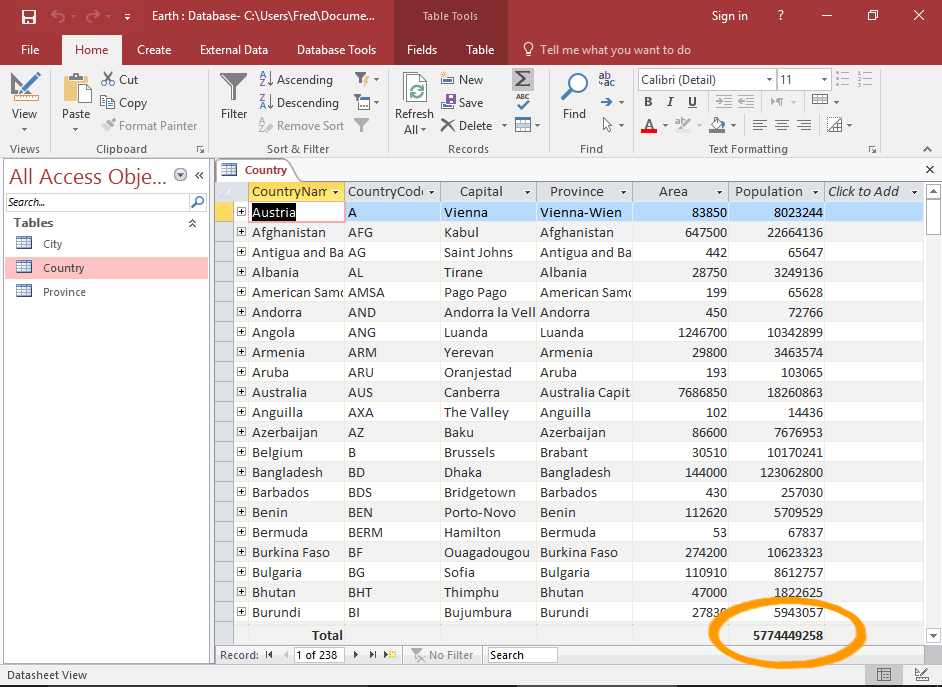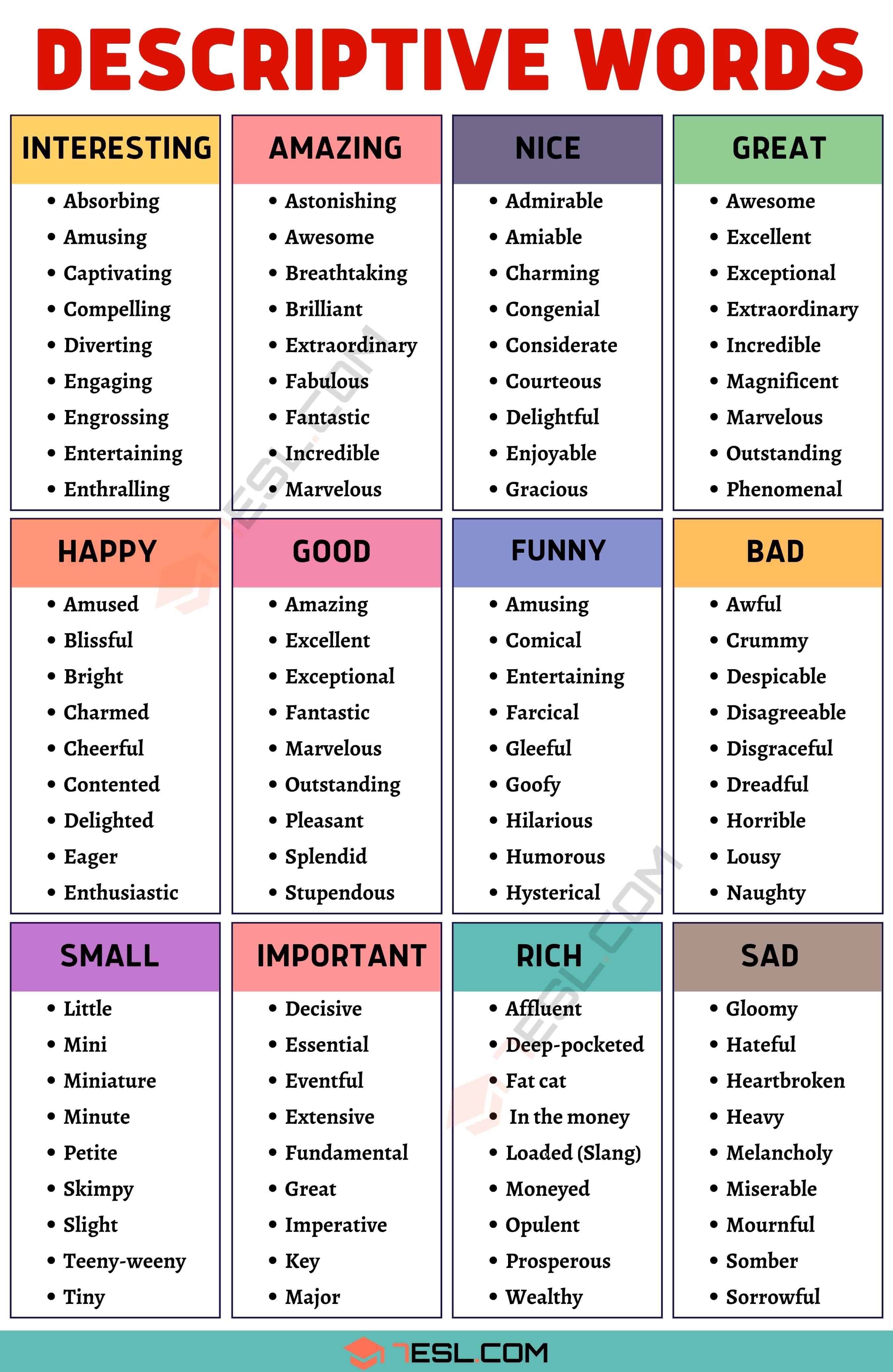Step-by-Step Guide to Access 2016 Databases

Exploring the Potential of Access 2016 Databases: A Comprehensive Guide

Microsoft Access 2016 is a powerful tool for managing and manipulating data, offering a user-friendly interface to create robust relational databases. This guide aims to delve into the intricacies of Access 2016 databases, providing a step-by-step journey to unlock their full potential.
Chapter 1: Understanding the Fundamentals

Before diving into the practical steps, it's crucial to grasp the basic concepts that form the foundation of Access 2016 databases. These include:
- Database Structure: An Access database is composed of objects like tables, queries, forms, reports, and macros. Each of these components plays a specific role in data management and manipulation.
- Relational Database Management: Access allows for the creation of relational databases, where data is stored in multiple tables and linked together through relationships. This design ensures data integrity and facilitates efficient data retrieval.
- Data Normalization: A critical process in database design, data normalization aims to minimize data redundancy and improve data integrity. It involves organizing data into tables and defining relationships between them.
Key Concepts in Database Design
A strong understanding of database design principles is essential for creating efficient and effective databases. Here are some key concepts to consider:
- Primary Keys: A primary key is a unique identifier for each record in a table. It ensures that each record is distinct and can be referenced easily.
- Foreign Keys: Foreign keys establish relationships between tables. They are used to link data across different tables, enabling efficient data retrieval and maintaining data integrity.
- Relationships: In Access, relationships are defined between tables based on common fields. There are three types of relationships: one-to-one, one-to-many, and many-to-many. Understanding these relationships is crucial for proper database design.
- Data Integrity: This concept ensures the accuracy and consistency of data within a database. It involves enforcing rules and constraints to prevent invalid data entry and maintain data quality.
Chapter 2: Creating a Database in Access 2016
Now that we've covered the fundamentals, let's dive into the process of creating a database in Access 2016. This step-by-step guide will walk you through the entire process, from setting up the database to designing its structure.
Step 1: Launch Access 2016
Start by opening Microsoft Access 2016 on your computer. You can find it in your Start menu (for Windows) or in your Applications folder (for macOS). Once Access is open, you'll see the Get Started screen with several options.
Step 2: Choose the Database Type
On the Get Started screen, select Blank desktop database. This option allows you to create a new, empty database that you can customize according to your specific needs.
Step 3: Name and Save Your Database
In the File Name field, give your database a meaningful name that reflects its purpose. Choose a location to save your database and click Create. Access will now create a new, blank database with a default table named Table1.
Step 4: Design Your Database Structure
Access provides a Table Design view, where you can define the structure of your tables. In this view, you can add fields (columns) and set their data types, such as Text, Number, Date/Time, and more. You can also set field properties like default values, required entries, and validation rules.
Step 5: Establish Relationships
Once you've designed your tables, it's time to establish relationships between them. To do this, open the Database Tools tab and click on Relationships. This will open the Relationships window, where you can visually represent and manage the relationships between your tables.
Step 6: Define Primary and Foreign Keys
In the Relationships window, you can set primary keys and foreign keys to establish the relationships between your tables. Primary keys are unique identifiers for each record in a table, while foreign keys link data between related tables.
Chapter 3: Working with Data in Access 2016
With your database structure in place, it's time to populate it with data and explore the various ways to work with and manipulate that data. Access provides a range of tools and features to manage and analyze data efficiently.
Step 1: Entering and Editing Data
To enter data into your tables, simply click on a cell and start typing. You can navigate between cells using the arrow keys or by clicking on the desired cell. To edit existing data, double-click on the cell and make your changes.
Step 2: Sorting and Filtering Data
Access allows you to sort and filter data to find specific records or organize data in a desired manner. To sort data, select a column header and click on the Sort A to Z or Sort Z to A buttons. To filter data, use the Filter button to apply specific criteria to your data.
Step 3: Creating Queries
Queries are a powerful feature in Access that allow you to retrieve and manipulate data from one or more tables. You can create queries to retrieve specific data, perform calculations, or even update and delete records. Access provides a Query Design view, where you can visually build your queries.
Step 4: Generating Reports
Reports in Access allow you to present your data in a formatted and easily readable manner. You can design reports to include specific fields, calculations, and even charts. Access provides a Report Design view, where you can customize the layout and appearance of your reports.
Chapter 4: Advanced Database Management

As your database grows and becomes more complex, you may need to employ advanced techniques to manage and maintain it efficiently. This chapter covers some of the more advanced features and best practices in Access 2016.
Step 1: Data Validation and Integrity
To ensure the accuracy and consistency of your data, it's essential to implement data validation and integrity checks. Access allows you to set rules and constraints on your fields to prevent invalid data entry. You can also use validation rules and input masks to further control data entry.
Step 2: Data Normalization
Data normalization is a critical process in database design, and Access provides tools to assist with this. By normalizing your data, you can minimize redundancy and improve data integrity. Access allows you to create relationships between tables, enforce referential integrity, and use lookup fields to further optimize your database structure.
Step 3: Backup and Recovery
Regularly backing up your database is crucial to ensure data protection and prevent data loss. Access provides built-in backup features, allowing you to create backup copies of your database. Additionally, you can use Access' Database Documenter to create a detailed report of your database structure, which can be useful for documentation and recovery purposes.
Step 4: Database Optimization
As your database grows, it may become slower and less efficient. Access provides tools to help optimize your database, such as compacting and repairing it. These processes help reduce the size of your database and improve its performance.
Chapter 5: Customizing and Enhancing Your Database
Access offers a wide range of customization options to tailor your database to your specific needs and preferences. This chapter explores some of the ways you can enhance and personalize your Access 2016 database.
Step 1: Customizing Forms
Forms in Access provide a user-friendly interface for interacting with your data. You can customize forms to suit your requirements, adding controls like text boxes, drop-down lists, and buttons. Access provides a Form Design view, where you can visually design and customize your forms.
Step 2: Creating Macros
Macros in Access allow you to automate tasks and enhance the functionality of your database. You can create macros to perform actions like opening forms, running queries, or even sending emails. Access provides a Macro Builder tool, where you can visually construct your macros using a drag-and-drop interface.
Step 3: Integrating with Other Applications
Access can integrate with other Microsoft Office applications, as well as external data sources like Excel and SQL Server. This integration allows you to leverage the strengths of different applications and enhance your database's capabilities. You can import and export data between Access and other applications, and even link Access to external data sources for real-time data retrieval.
Conclusion
Microsoft Access 2016 is a versatile and powerful tool for managing and manipulating data. With its user-friendly interface and robust features, Access allows you to create efficient and effective relational databases. By following this comprehensive guide, you should now have a solid understanding of Access 2016 databases and be equipped to create, manage, and customize your own databases with confidence.
What is the difference between Access and Excel for data management?
+While both Access and Excel are Microsoft Office applications for data management, they serve different purposes. Access is designed for creating relational databases, allowing for efficient data storage and manipulation. Excel, on the other hand, is a spreadsheet application, ideal for simple data entry, calculations, and data visualization.
Can I convert an Excel spreadsheet into an Access database?
+Yes, Access provides a feature to import data from Excel spreadsheets. You can select the Excel file, choose the desired worksheet, and map the data to your Access table structure. This allows you to easily convert your Excel data into a relational database in Access.
How can I ensure data security in my Access database?
+Access offers various security features to protect your data. You can set user permissions, encrypt your database, and even create a database password. These measures help prevent unauthorized access and ensure the security of your data.


